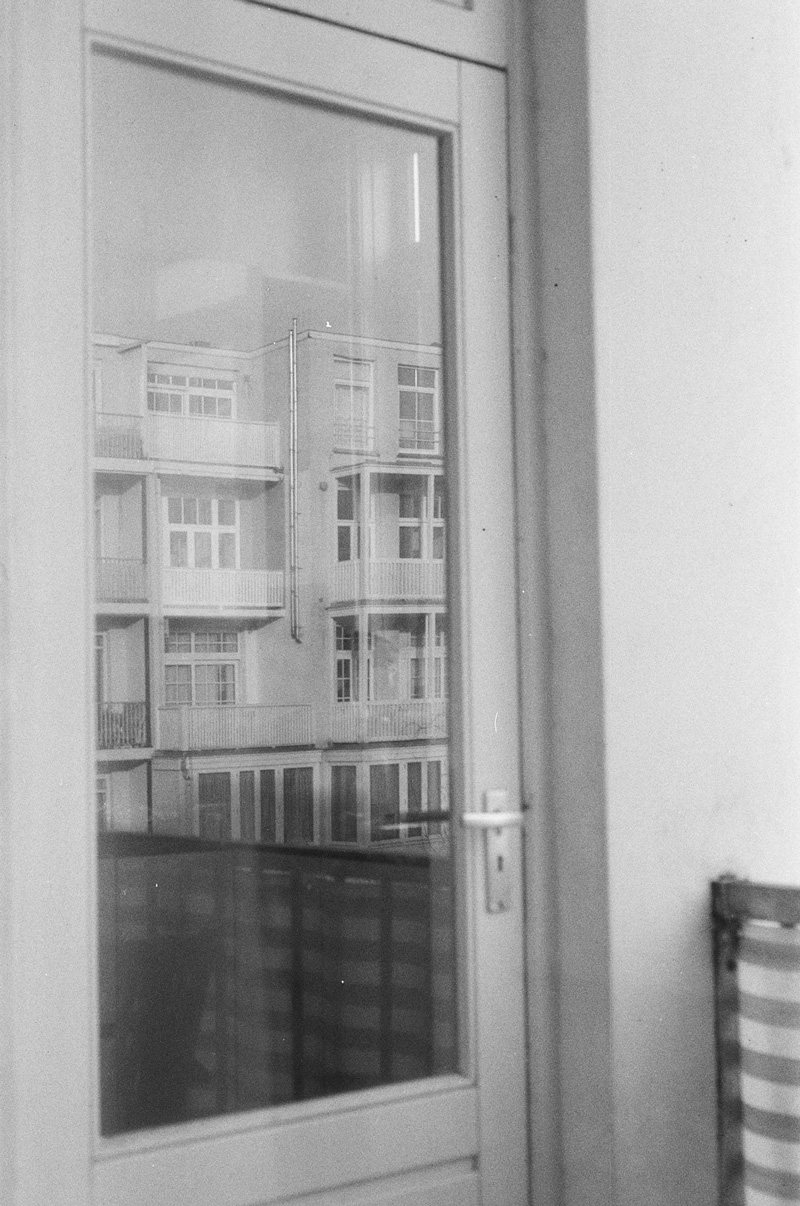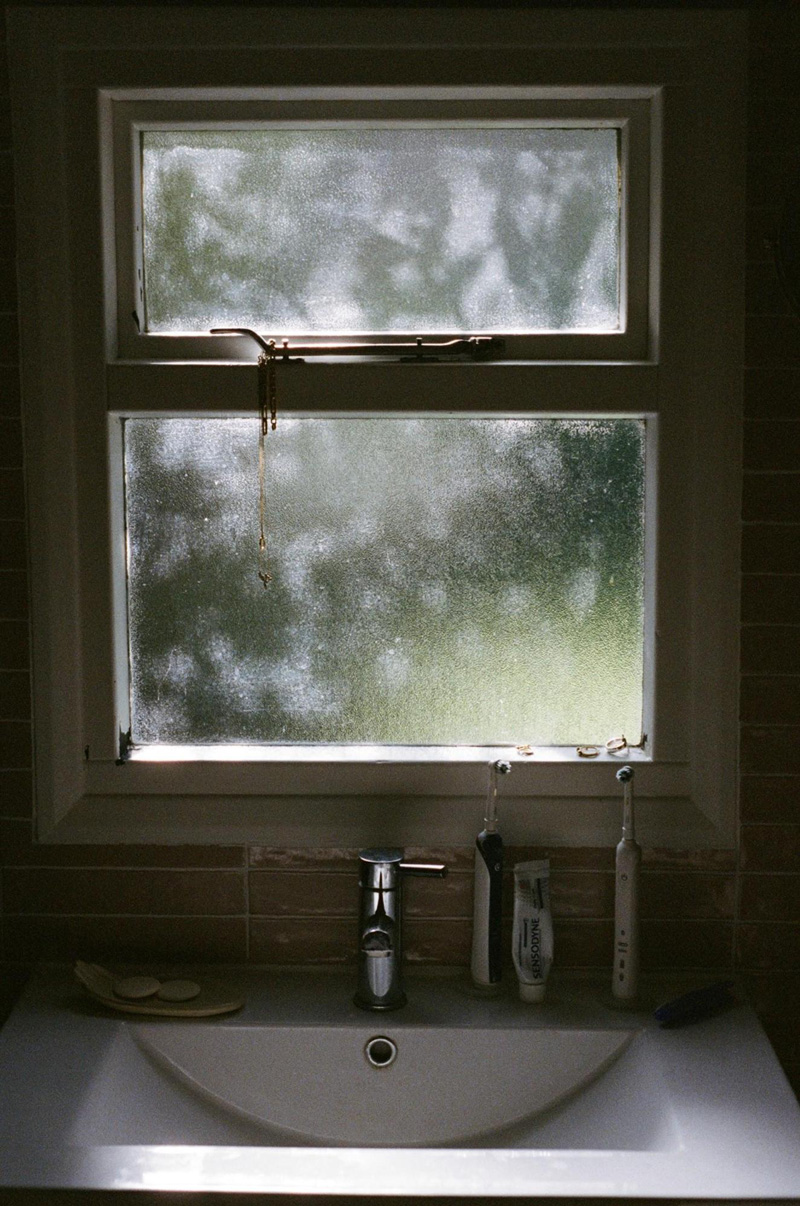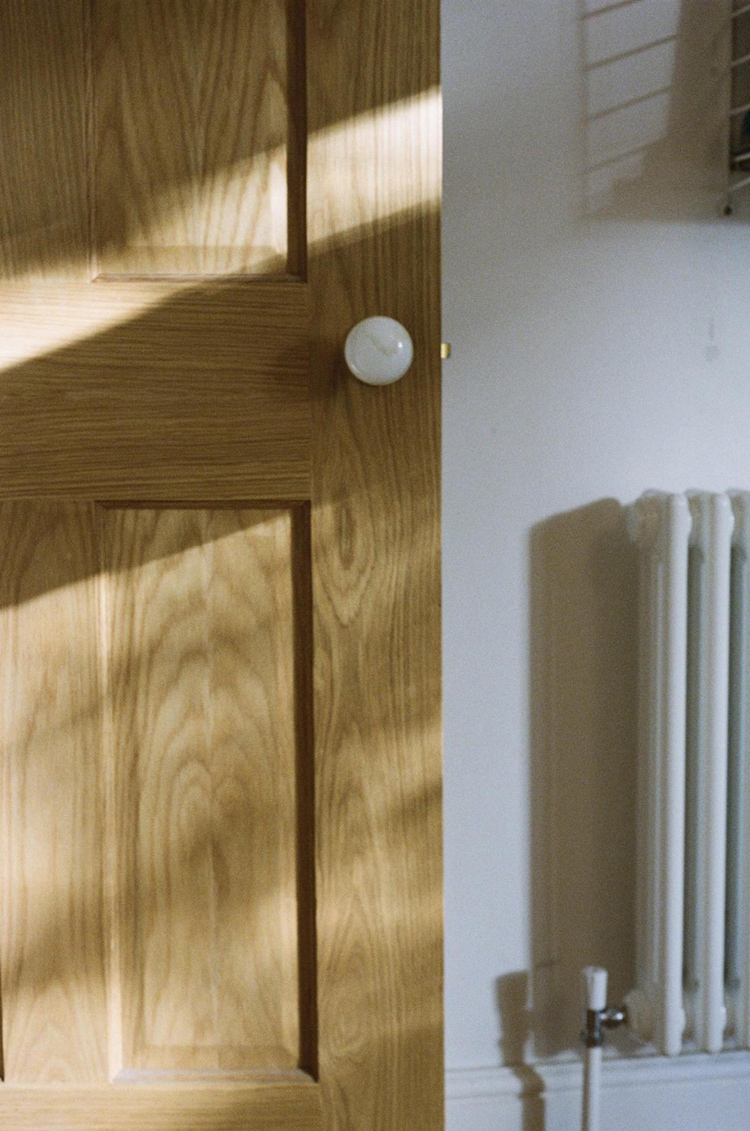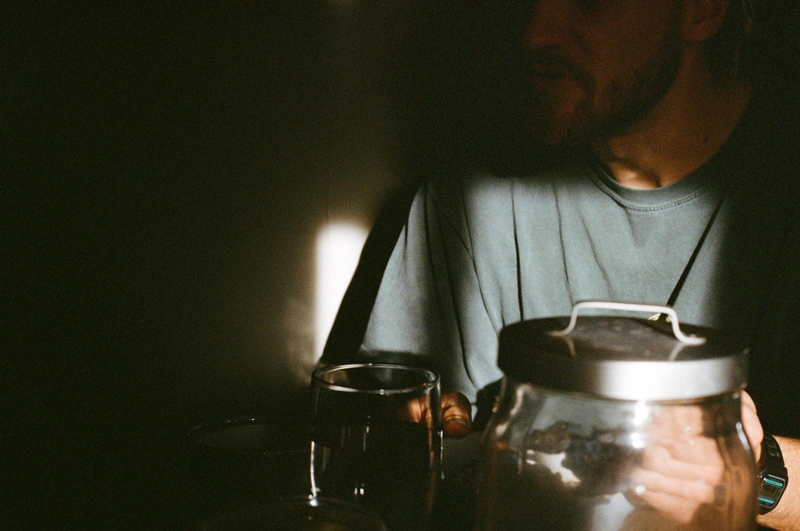
london, uk

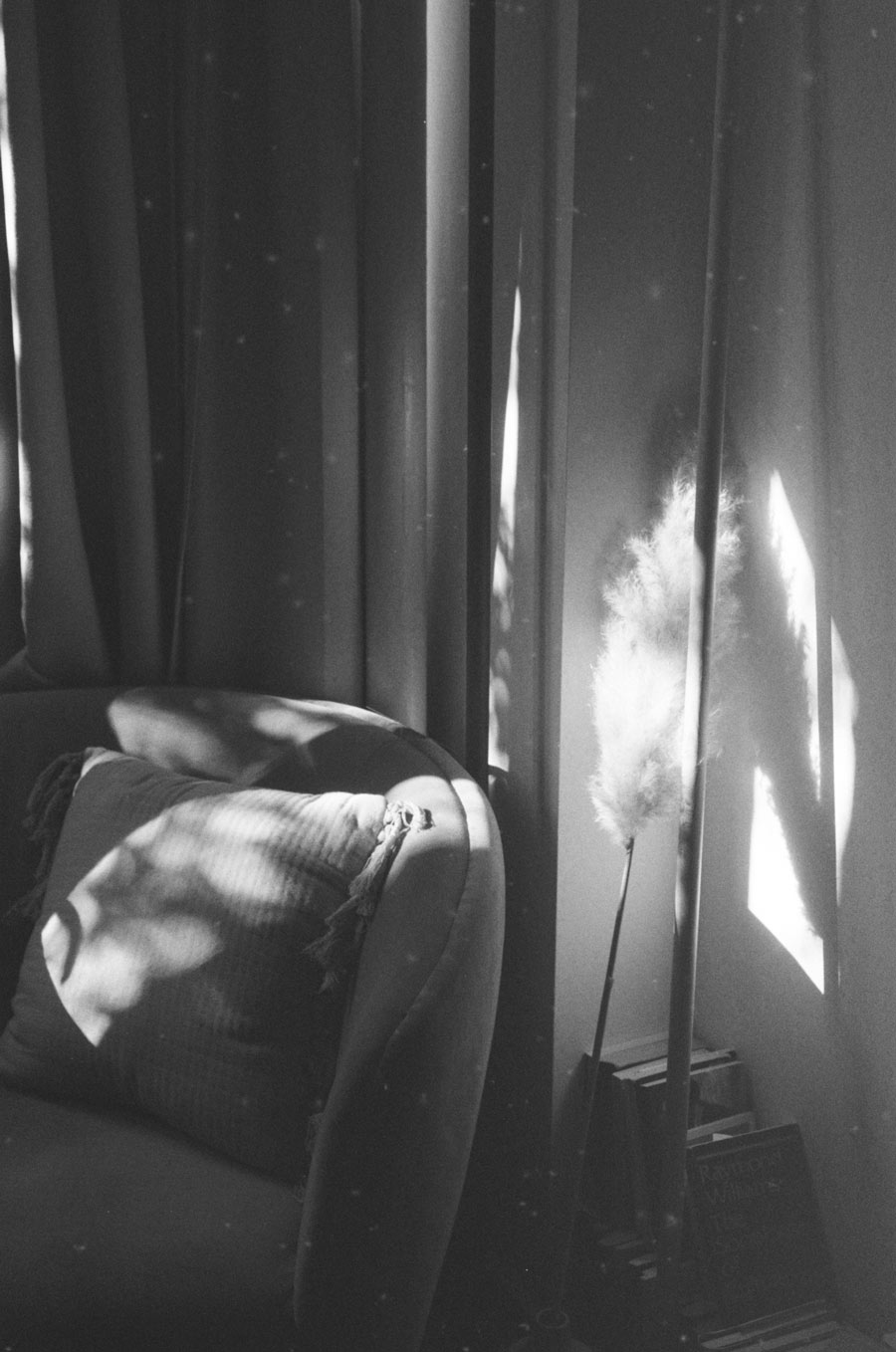


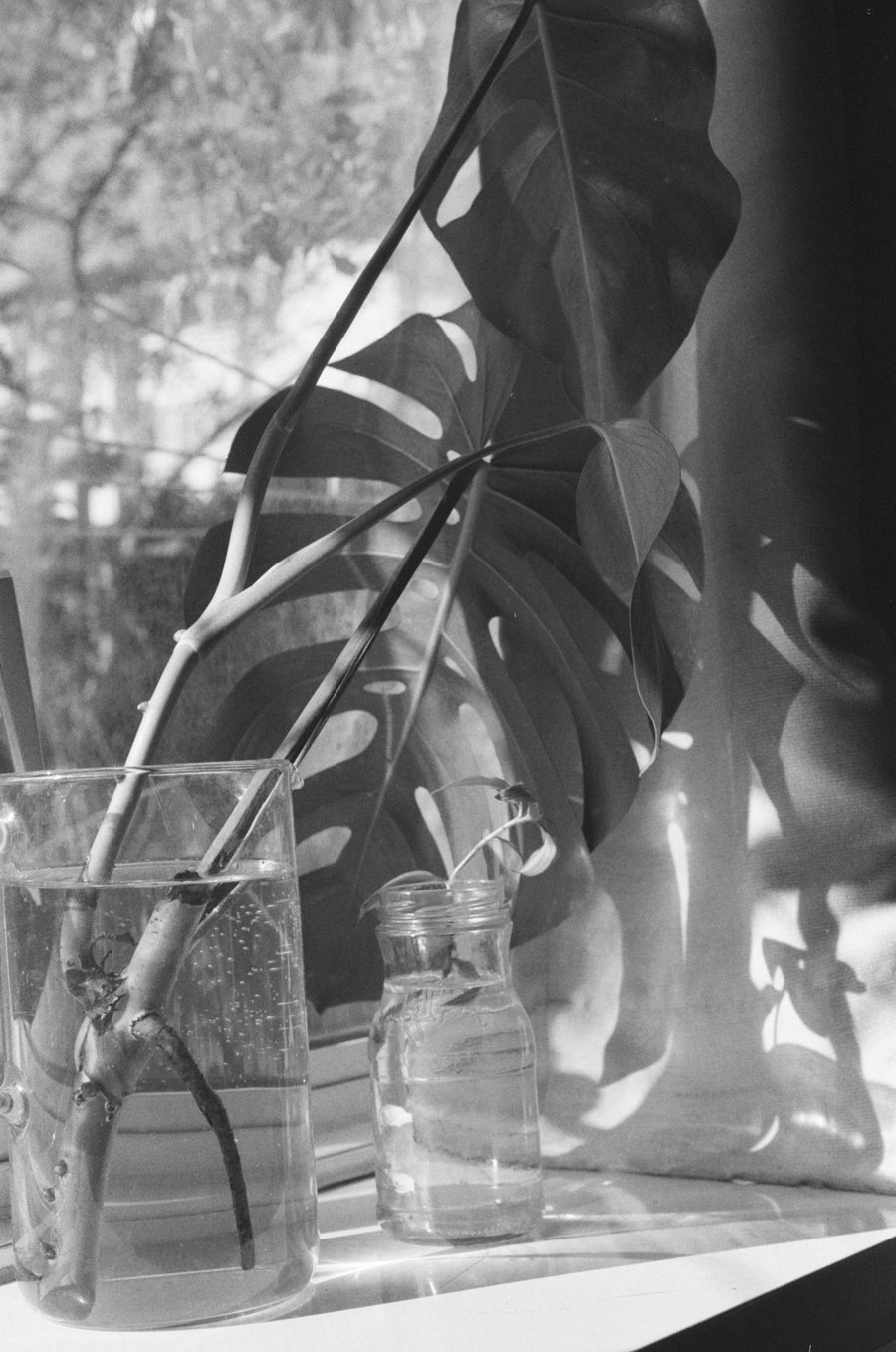



The New York Times wrote an opinion piece titled ‘Will You Want to Go Straight Back Into a Crowd?’1. It’s a head scratcher of a question at the moment. Now that the ‘ignoble strife’ of the madding crowd 2 - the hedonistic buzz of a festival crowd, palpable cohesion and tension of a football stadium - is dispersed, shut down, would I rush back into one now knowing what we do? If it’s the crowd of the commute or navigating a crowded Oxford Circus, probably not. I might miss the crowds that are pulled together through a shared interest or spectacle more than the crowd scrunched together because space is at a premium and so a comfortable distance between strangers is lost.
Then again, there is something ethereal about a crowd; a mass of individuals tied together by some coincidence, a fate of time and space specificity. Equally, it’s a thing, an essentialist unit, like an organ woven together from cells. Crowds can be cohesive or jarring, probably both at the same time, and definitely different for each person who is part of it. This is stark in a city; a huge variety of people with their own mental maps and spatial practices which are made up of agency, perception and memory. These people are compressed together as a result of densely populated space, boundaried by the hard border of building-lined streets, or funnelled into a long cylinder hole in the ground. An unavoidable feature of the metropolis.
The opening question assumes the crowd as we knew it is a continued given, an inevitable to social life. If the crowd wins, the 2m social distancing is lost. If social distancing trumps (as it absolutely should so we can keep each other safe), the crowd as we know it is lost. So does that mean the crowd is now the enemy? Because of the density of the city, crowds are a truth to living here, a sticky film slicked over the hard matter of the urban’s bricks and mortar. But crowds are now an uncomfortable truth whilst living in a city with a pandemic. Yet, even prior to a pandemic, crowds have always been potentially aversive so unsurprisingly, it’s likely we have a newer and more raw, heightened awareness and aversion of sharing space with strangers because of the closeness of the crowd and the new risk associated. This is probably going to shape our collective imagination for some time.
Sociologist and Philosopher, Georg Simmel, was writing about the subjective experience of individuals in the city and its effect on our mental state 100 years ago. Simmel captures the shared experience and the city. It’s relatable to anyone who has travelled on the bus or tube, or navigated a crowded street. He creates a sliding-scale between the minute of an individual's experience and a birds-eye view of wider collective structures. This creates a relatableness because it considers how the subjective individual experience of the city string together into the commonality of our social conduct and shared norms. This social conduct then funnels up into how we are ordered as a collective. Each subjective experience is woven into a shared understanding and structure of society (a term recently in vogue with BJ himself3).
Despite there being thousands of others in a city, you can very much experience it alone; “bodily proximity and narrowness of space makes the mental distance only the more visible” 4. For instance, you might be so close you can smell them but you’re very unlikely to find out their name or too much about them. But, Simmel says that this individualising of city experience is a normal and understandable form of social conduct given the environment. It’s quite normal to stand there alone but in a crowd, not running around introducing yourself. This is something we do as a coping strategy to navigate the pressure-cooker nature of the city. Picture the film Elf. Buddy arrives in New York without the implicit social rulebook of the city and so everyone is a potential friend, every claim of the best coffee is legit, and the streets are lined with free bubble gum. He’s overwhelmed by the stimulus of the city.
On the other hand, for the experienced urbanite, the phone scrolling, reading the tube adverts, pretending not to notice the person reading over your shoulder are all practiced, honed and refined forms of social conduct that help us breeze about the city. Not quite underwhelmed, definitely not overwhelmed, just mildly whelmed by it. Our lack of response to the various stimuli around us is actually a response to the density of the city. The response - in the form of a lack of response - is to disconnect, disengage, disassociate with those you do not have a direct relationship with. This disengagement with others around you manifests itself as a certain ‘blankness’, Simmel gives it the boujier name of ‘blasé’. And we need blankness, we need blasé.
Blasé can even be to our detriment; ask someone trying to date offline. Yet, without it our ability to differentiate between the stimuli we want to engage with or not becomes exhausted, our nerves frayed. Connecting, engaging, associating with every stranger, sound, smell and sign in the street. But, Simmel would suggest that even though you’re avoiding all this hard work and not connecting with every stranger or reading every sign, it doesn’t mean you are doing ‘nothing’. All this disassociation is hard work, ’blasé’ is not a walk in a park. There is a social activeness in the dis of dis-associating, dis-engaging, dis-connecting and it forms a shared tacit social language we can all mutually utilise.
This form of disengagement to tolerate such closeness to strangers became understandably frayed with the virus. Days before lock down being on public transport was pretty anxiety-inducing. The pretence of being a disconnected individual slowly slipped revealing a heightened awareness of strangers that we were so practised at screening out. Our fallible selves were seen in relation to a collective of others, how our actions might affect others, down to what we touch. For some, this was a revelation and made much more stark when in a highly individualistic culture and city. Perhaps, the awareness that our individual liberties have an impact on the collective is not a bad thing and for many it’s an attested silver-lining to the pandemic; becoming more aware of each other has correlated with a renaissance of the community seen in the springing-up of mutual aid groups as a response to lockdown. Yet the shattering of the state of ‘blasé’, Simmel might argue, leads to a battering of our senses whilst we navigate the city. This is probably ok whilst the city is eerily quiet, post apocalyptic-esque, but as lockdown lifts, the city without a certain blasé would mean a heightened awareness of the closeness to strangers, the inevitable crowds of the city an uncomfortable configuration to find yourself in.
Pre-pandemic, knowing the distance needed between strangers was an essential part to social conduct and formed our collective order. It was different in different spaces around the city and even beyond that. But if you were to ask people what is the objectively and quantifiable distance you see as acceptable between strangers in different places around the city - in centimetres or inches - I wager people would at the very least take a moment to pause and think (“so if my thumb is two inches, I reckon…”). This spatial economy is a “medium of sensory knowledge of the city, a form of knowledge which does not lend itself easily to representation or explanation” 5. But now it’s being quantified and set to 2m - the needed distance to keep each other safe. This 2m is not an individual subjective experience, it’s objective and explicit. So what does this mean for our shared social conduct and how will this then accrue into how we collectively order ourselves around the city. I think I might need to redraw my mental map of the city, tweak my implicit spatial practices. There is nothing blasé about 2m as the space between you and each others safety.
2 Thomas Hardy’s novel Far From The Madding Crowd, was titled in reference to the poem “Elegy Written in a Country Churchyard,” by Thomas Gray
3 Famously, Conservative leader and Prime Minister Margaret Thatcher said there was no such thing as society, just individuals. Now Conservative leader and Prime Minister, Boris Johnson, said “there is such as thing as society, after being in intensive care with Covid-19
4 Simmerl, G. (1997) ‘The Metropolis and Mental Life’, Simmel on Culture. London and Newbury Park, Sage.
5 Tonkiss, F. (2005) ‘Space, the City and Social Theory’ Social Relations and Urban Forms. Polity Press
Harmless as this may be, this sort of peeping is not always welcomed; the net curtains, frosted windows, bespoke shutters, the premium paid for the privacy of a penthouse. That said, and perhaps in my mother's defence, the privacy associated with home is definitely cultural. As a Brit living in Amsterdam, I was delighted at the gift of unadulterated peeping that this city gave me. The homes with huge windows that no one felt compelled to screen from me. The street was the front row view into the performance of ‘home’.
What my mum and I are enjoying - again, in our defence - in a more transcendent way than pure idle nosiness, is the relationship between space and us, looking in at how the familiar space of a home is enacted by strangers just going about their day to day-ness. The staging of intimate activities that make up a life we know nothing about, hosting the most (un)remarkable bits of just ‘being’.
Housing has recently been the site of much debate; as infrastructure, as a commodity, as architecture. But it’s the messiness of dwelling that enacts house to home as it becomes the site of the dwellers ‘everyday’. Simply, it is private space with walls that creates a boundary between us and public life. But how the home is talked about, its discourse, varies between different circles of thought. For instance, feminists brought this private space of the home full throttle into mainstream debate. ‘The private is political’ translated the home from a purely private place to a site for political consideration. This broke down carefully constructed walls, realigning where the boundaries of public were drawn.
In the field of design, the home can be re-conceived as objective space. Created through the professional management of light, materials, colour and expertly engineered whilst being beautifully designed, it is manipulated and perfected, recognised as architecture. To varying degrees, it can be abstracted from the everyday practices carried out there, but done well it can centre, heighten and optimise the everyday practices and those who carry them out. And hopefully with big old street-facing windows for me and my mum.
Irrespective of how you approach and discuss the home, in March 2020 and beyond, it has our unwavering attention as we go into lockdown. We are reminded that despite the resentment and claustrophobia we might be feeling, to self-isolate safely and comfortably in a home should not be taken for granted. For those of us lucky enough, we are confined to, protected by and totally indebted to our homes. A lot of this housing we find ourselves in is quite unremarkable, a lot of it mass produced, strangulated by design standards and considered by some architects as ‘crude, bad and ugly’. But nevertheless, it is dwelt in by us. The everyday architecture of the home, of housing, is now the site of our everything.
As much as it might feel like the activities that make London are at a stand-still, the activities of the everyday carry on in some way or another and you can see it around the city (during your one walk a day). Balconies as extensions of our home suspended over the street, host our laundered and drying pants and shirts, or they provide a place for our stuff, those objects that make up our lives, the collated props for living. Housing block by housing block, each balcony stacked on top of each other is an identically designed space, but perfectly turned into its own place by those who live there, and they reassuringly platform the little parts of our lives that carry on.
There's comfort in the continuation of our most mundane activities despite the huge changes in the outside world. But these changes leak into our homes too. Staying put and sitting tight means other odd spaces in our houses take on different uses. These can be wholly positive in some cases, doorways and windows are now stages for the collective gesture of the NHS clap. The density of the city, the closeness of the walls lining our streets, echoes the chorus of claps, cheers and the banging of the domestic drum: the pan. And alongside this novel new activity to structure our weeks, our homes are being asked to host more of our activities than ever before.
Working from home; a phenomenon growing in popularity but never mandated at this scale. We’ve been asked to do the seemingly simple shift of the typical site of our work - the office - into our homes. For those of us limited to a kitchen table to work, it’s no longer a place where I consume and enjoy the fruits of my labour, but instead it’s now the site of labour too. As the home becomes the site for our everything, we no longer have what now seems like the luxury of moving between spaces to indicate what version of our self is at play. The change of scenery that punctuates our day. All of this is the blurring of an already difficult to maintain boundary between the private self and work. We’re missing the step of the lowly, irritating commute, traversing London from work to home, from public to private, with my front door being the joyful full-stop to the end of the working day.
This blurring is particularly heightened with the virus-proof, widely used, video meeting. Popping your colleagues on camera to remind us that other people exist beyond our partner, our children, or our housemate, creates a portal, and there I am peeping into the place of my colleagues' private lives. I admire glorious swiss cheese plants, impressive book collections, a well-endowed mantel piece, the renaissance of the wallpaper. How they choose to dwell, how their personal taste manifests in the previously unseen nooks of their home, the backdrop of their everyday, is made relatively public. I don’t need to wait for autumn and a well lit room with undrawn curtains for my dose of nose.
I’m sure I don’t actually miss commuting and if the worst thing to come from my lockdown is having to multiply the uses of my kitchen table, that’s ok. But what it has shored up in my mind is the importance to appreciate the relation between space and us. As architect Jeremy Till said, ‘architecture depends’. It is the intersection of engineering and culture, it can be appreciated conceptually, technically, abstractly, but simultaneously, no building is beyond the sociality of the everyday. Architecture is an affect of human relations and connections, and as an effect, architecture enables and platforms human activities and thus relations. Much of the architecture we love and identify as architecture is extraordinary, attention seeking and deserving, but the majority of it just becomes embedded, used, lived, and slots into the unacknowledged parts of our day. This is none more true than The Home. Houses. Something we are experiencing more intensely than ever at the moment.
